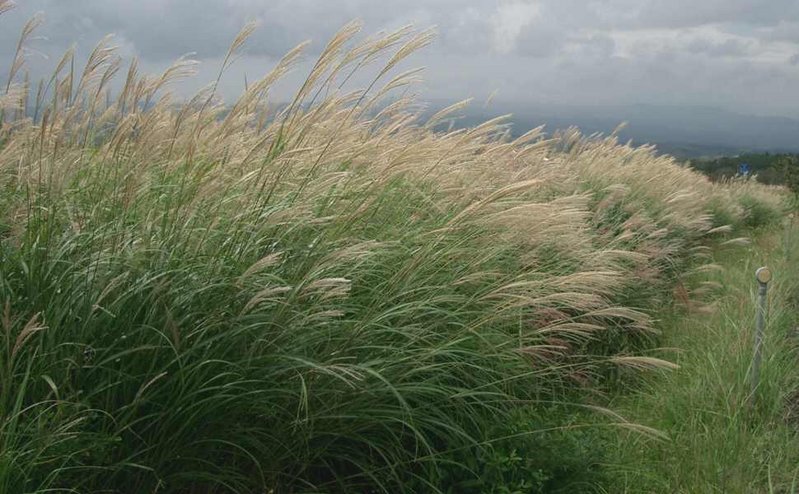Earlier this
month I was given a synopsis report of Future Perspectives of 2nd
Generation Biofuels. It is a study conducted by Centre for Technology Assessment
in Switzerland. Here, I read an interesting piece on various types of 2G or
second generation biofuels. It is interesting to learn how science and research
is progressing and looking at new and rare means to launch alternative forms of
biofuel.
The first
thought that struck my mind was really to understand what first generation bio
fuels are. It is the conventional production of biofuel through sugar, starch
and vegetable oil. There are limits to its contribution as an alternative fuel,
as after a certain point it proves a threat to biodiversity and food crops.
Also, the economics does not make much sense as it is not very cheap in
comparison to oil.
This might look
right from the textbook. I hope the accompanied images make this entry an
interesting read. The various sorts of second generation biofuels include –
Slurry and
Manure – Achieved from raising livestock, this material is very cheap to
procure. It is economical and technically possible to produce and is available
in large quantities across Switzerland. The country produces 0.1 petajoules of
biofuel and has a potential of over 21 petajoules. As a whole, the potential
capacity is equal to energy obtained by burning 716,000 tonnes of hard coal.
Organic Waste –
Three quarters of organic waste in Switzerland is used to produce energy, 89%
in refuse incineration plants and 11% in biogas plants. The only drawback of
organic waste as a source of biofuel is that it requires specific plants and
technology to process.
Fallen trees –
Fuel can be produced through felled round timber, sawmill waste or other timber
demolition waste. In 2007 2.2 million cubic meters of total felled timber was
used to produce fuel. In the near future this number would rise to 3.1 million
cubic meters in Switzerland. Also, the country has a potential capacity of 1.2
million tonnes of waste wood to produce fuel from the existing 1 million. The
specific drawback of timber from demolition waste is rigid usage and processing
requires large plants with appropriate filters.
Straw – As a
raw material, straw is found in small quantities as a whole, across
Switzerland. In 2006 the Swiss straw crop amounted to about 58,000 tonnes. It
is found in the form of manure in farms and can be directly used to produce
biofuel.
Exotics –
Miscanthus, a plant which is efficient in photosynthesis and thus highly
productive is found largely in the USA. In Switzerland, the climatic conditions
make it capable of growing Miscanthus. Once sown, the plant can be used for 25
years. The only drawback is that it has limited flexibility in cultivation.
Finally we must
realize that biofuel is a major potential fuel in automobiles. It is mentioned in the report that “increased vehicle efficiency could substantially
improve the outcome for biofuels” also “for efficient vehicle technology to be
able to help biofuels to replace a substantial proportion of fossil fuels,
lower fuel consumption must not be (over)compensated by more frequent and
longer journeys.









No comments:
Post a Comment